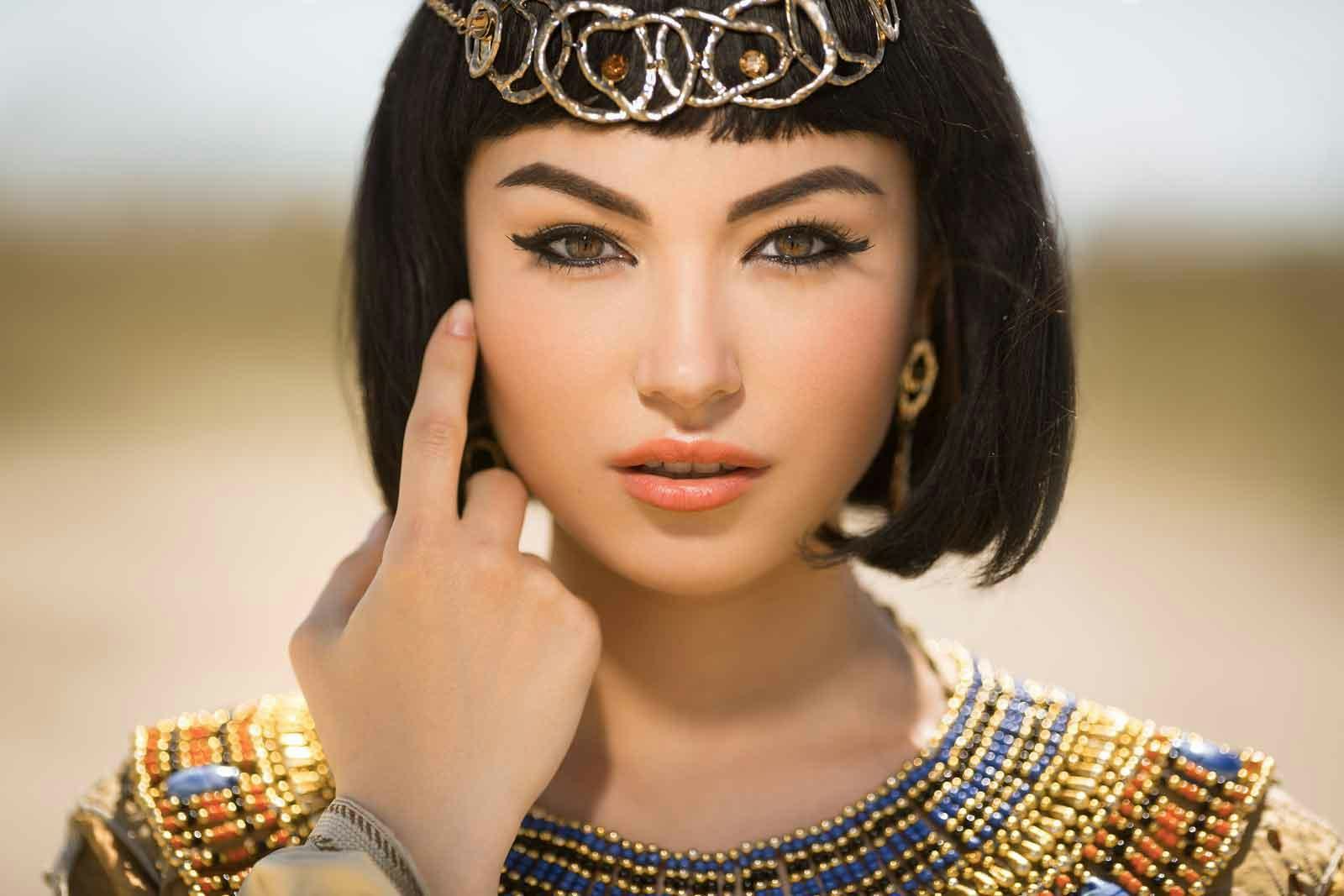Susannah Murdock | April 12, 2017
The Colorful History of Hair Dye

Bigstock
From Ancient Egypt to modern-day America, hair color has been a consistent beauty trend. Our methods and options have changed dramatically through history, but the interest in the potential of hair color remains unchanged.
When (and What) Was the First Hair Color Ever Used?
A walkthrough of a museum exhibit on Ancient Egypt will highlight many of the amazing technological advances from thousands of years ago, but hair color might not make the cut. It’s true—ancient Egyptians were some of the first known people to use hair dye, applying henna to cover gray hair. Natural hair color was also used years later in Ancient Greece and Rome, where people pulled different plant extracts to modify the color of their hair. The first permanent hair color—jet black—can also be attributed to Ancient Rome, but it took a few hundred years for Greeks and Romans to introduce more color choices beyond black. During the Roman Empire, prostitutes were required to have blonde hair, and while many wore wigs, some used a plant-based mixture to lighten their natural hair color. Outside of these ancient empires, other civilizations used hair color on the battlefield as a means to show their rank and frighten the enemy.
Hair Color History
Like many great modern inventions, hair color as we now know it was invented by accident. English professor William Henry Perkin was attempting to come up with a cure for malaria when he instead discovered the first synthesized dye. Chemistry professor August Wilhelm von Hoffman enhanced Perkin’s discovery, creating para-phenylenediamine (PPD), which is still the base for many permanent hair colors today—but more on that later.
In 1907, French chemist Eugene Schueller took PPD and created the first hair color for commercial purposes, dubbing the new product Aureole, which soon became known as L’Oréal, as was the company that Schueller founded. Throughout the early and mid 1900s, hair color formulas advanced, including at-home hair color that boasted longer staying power and hydrogen peroxide-free lightening hair color. While in the 1950s, much advertising around hair color was around discretion, the 1970s signaled a change of openness about beauty, prompting ownership of coloring your hair that paved the way for the bolder hair colors and highlight styles of the 1980s and 1990s.
Present Day Hair Color
From natural-looking color and soft balayages to vibrant rainbow tresses, it’s clear that hair color has become a staple in today’s beauty industry. But while styles and products have changed dramatically since Cleopatra’s day, much of the actual chemical composition of hair color has remained unchanged since it was introduced as a commercial product over one hundred years ago. For comparison’s sake, Schueller introduced commercial hair color in 1907, and Henry Ford introduced the Model T in 1908. The advancements in the automobile industry since the Model T are obvious–the enhancements in the hair color industry? Not so much.
While the capabilities and techniques of hair color have changed dramatically in the past century, the building blocks of most permanent hair color in the United States remain the same in the 21st century, including the base chemical of PPD and other ingredients like ammonia and resorcinol.
The Future of Hair Color
We’re not driving around in Model Ts anymore, so it seems odd we’d still be using a product that has largely remained unchanged from the same era, especially on our bodies. At Madison Reed, we want to harness the potential of at-home color while also looking for better alternatives to the ingredients of the last 100 years. Our Radiant Cream Color is free from PPD, ammonia, resorcinol, phthalates, parabens and gluten, and includes nourishing ingredients like argan oil, keratin, and ginseng root extract. We think nutrient-rich hair color made from ingredients you can feel good about is the way of the future, but we’ve decided to start now.
Read More Hair Color History:
Hairstyles Through History
History's Worst Hair Trends






